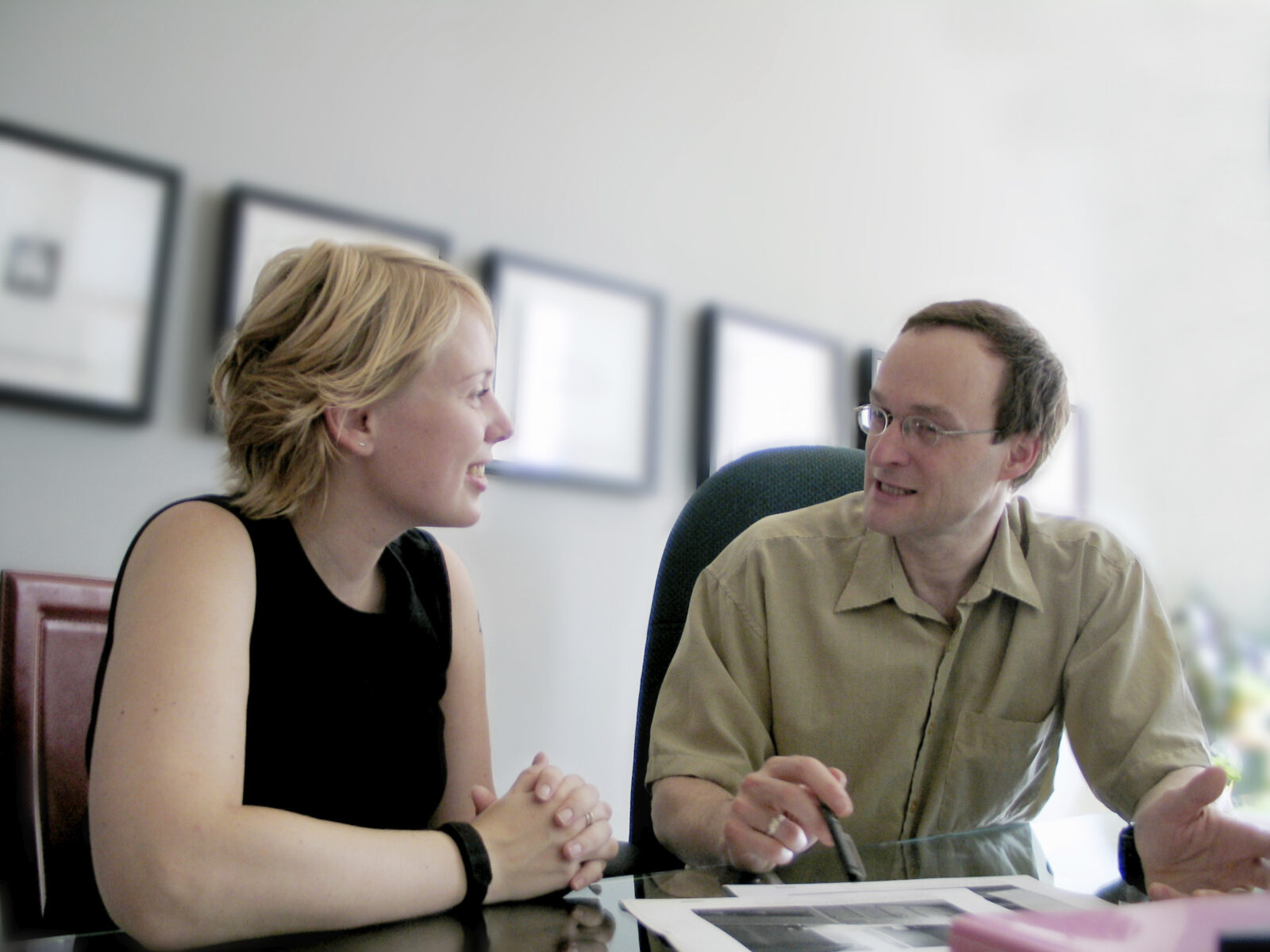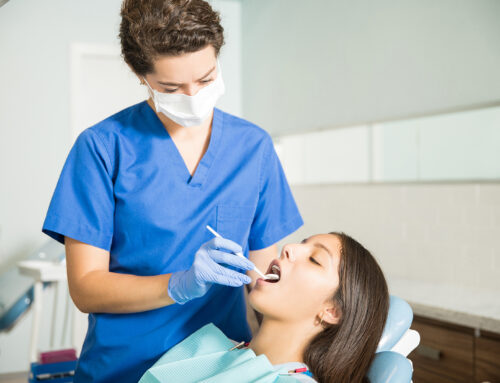Contrary to popular belief, the field of orthodontics is not limited to the application of braces and Invisalign fittings. If this were true, orthodontists would not need to three to six more years of education than a regular dentist.
Depending on your age and personal needs, braces may only be a small part of your orthodontic treatment. In fact, they may not be necessary for your situation at all. Orthodontists have several avenues of treatment available and they will utilize any one or more of them over the course of your repairs.

1. Braces
The metal brackets, wires, and rubber bands are probably the most well-known and widely used orthodontic appliance used in the treatment of adolescents and adults. Classified as a “fixed appliance”, braces move teeth on three axes in order to rotate and re-plane them until they are properly placed. This process actually loosens the teeth, but they will soon be supported again because new bone grows into these now open spaces,
2. Functional Appliances
Used for a variety of dental issues, removable functional appliances are usually recommended for young patients with mild to moderate malocclusions. These devices aid in the altering of tooth angles, palate expansion, and overbite reduction. For example, an orthodontist will prescribe the use of headgear because they are helpful in relieving issues of overcrowding.
3. Reverse Pull
Best applied to young children, a reverse pull device may be used to encourage the forward growth of the upper jaw when it is less prominent its lower counterpart. In other words, your child’s orthodontist will use this appliance when the upper jaw is behind or the lower jaw is forward. Without the use of this device at a young age, patients may have to undergo jaw surgery to correct the problem.
4. Tooth Extraction
Tooth removal is never a surprising treatment in patients with obvious overcrowding, but that is not the only reason an orthodontist will opt for extractions. Overcrowding is not usually the cause of overbites, but tooth extraction allows more space for the jaw to reshape. Patients that have teeth extracted for the purposes of correcting overbites have reported that others never even knew they had teeth missing.
5. Orthognathic Surgery
If you are an older patient, your orthodontist may not have any other choice than to coordinate with a dental surgeon during the course of your treatment. This corrective jaw surgery is designed to correct issues related to structure, growth, malocclusions related to skeletal disharmonies, and other problems that cannot be treated with braces.
This short list of possible orthodontic treatments represents just a handful of ways your smile may be improved. A skilled orthodontist will thoroughly x-ray and examine you before beginning treatment. As time goes on, the plan for your corrections may change, but you can be sure that your provider is closely watching your progress and is dedicated to improving your smile in the most efficient ways possible.






